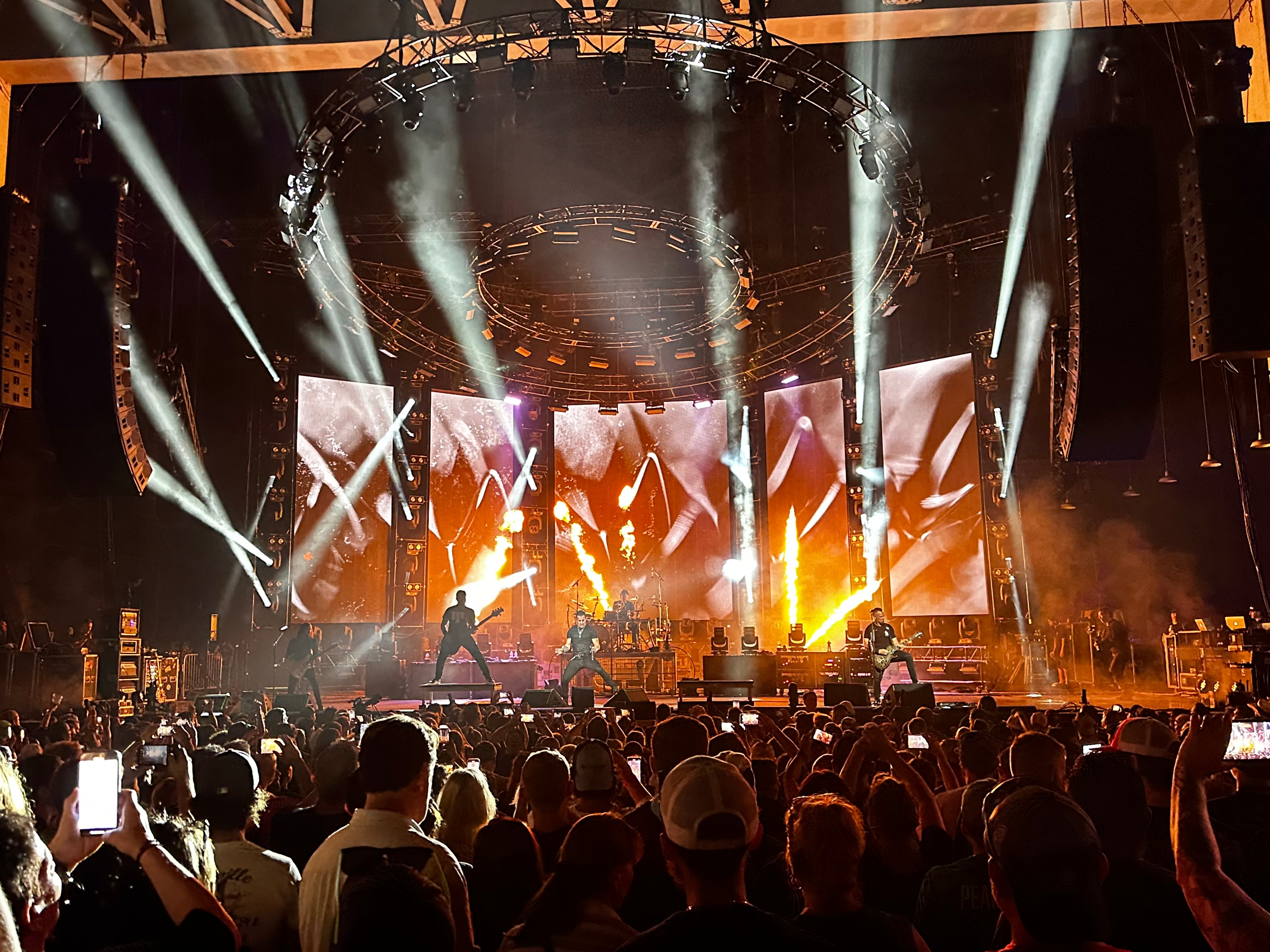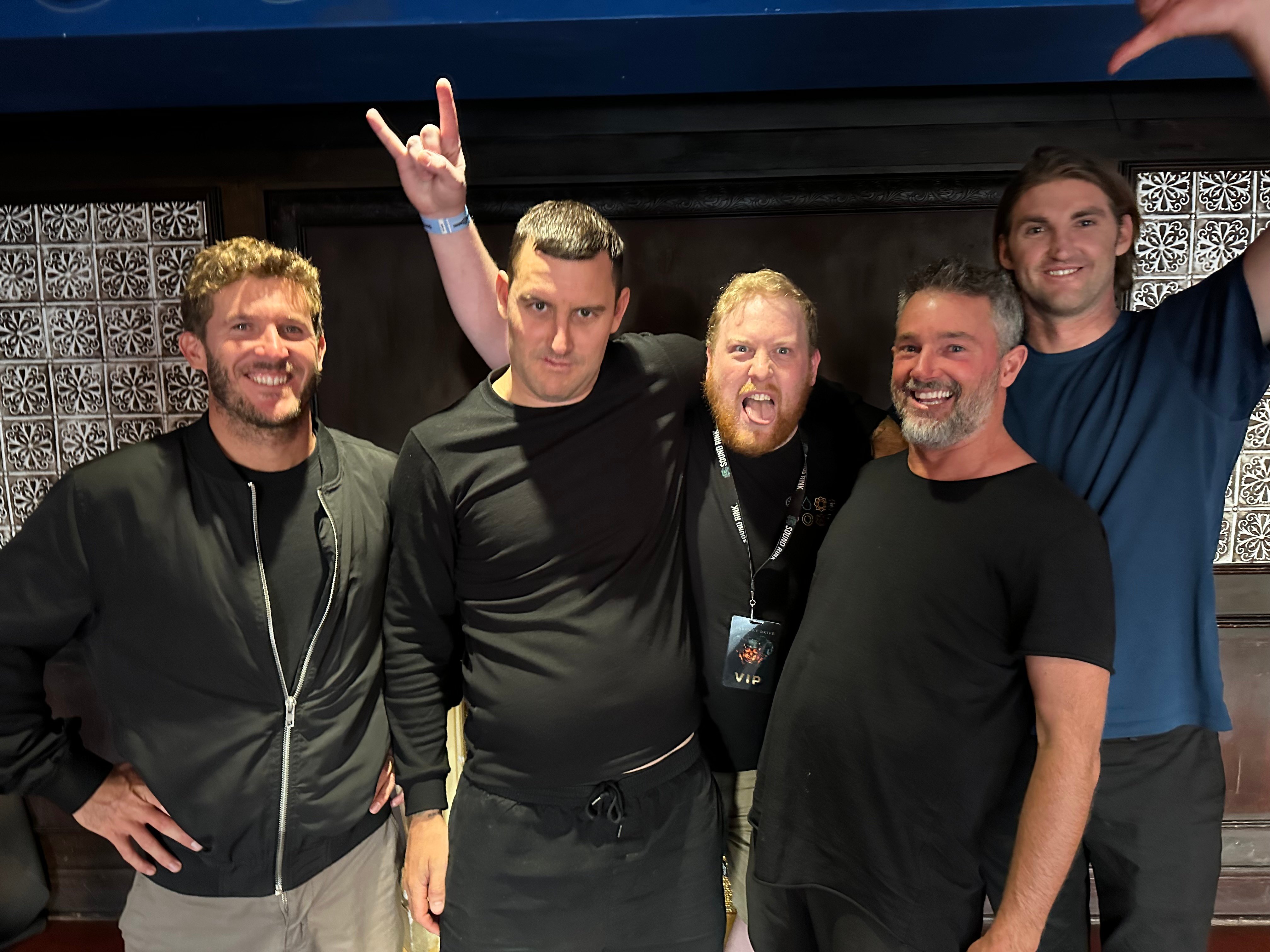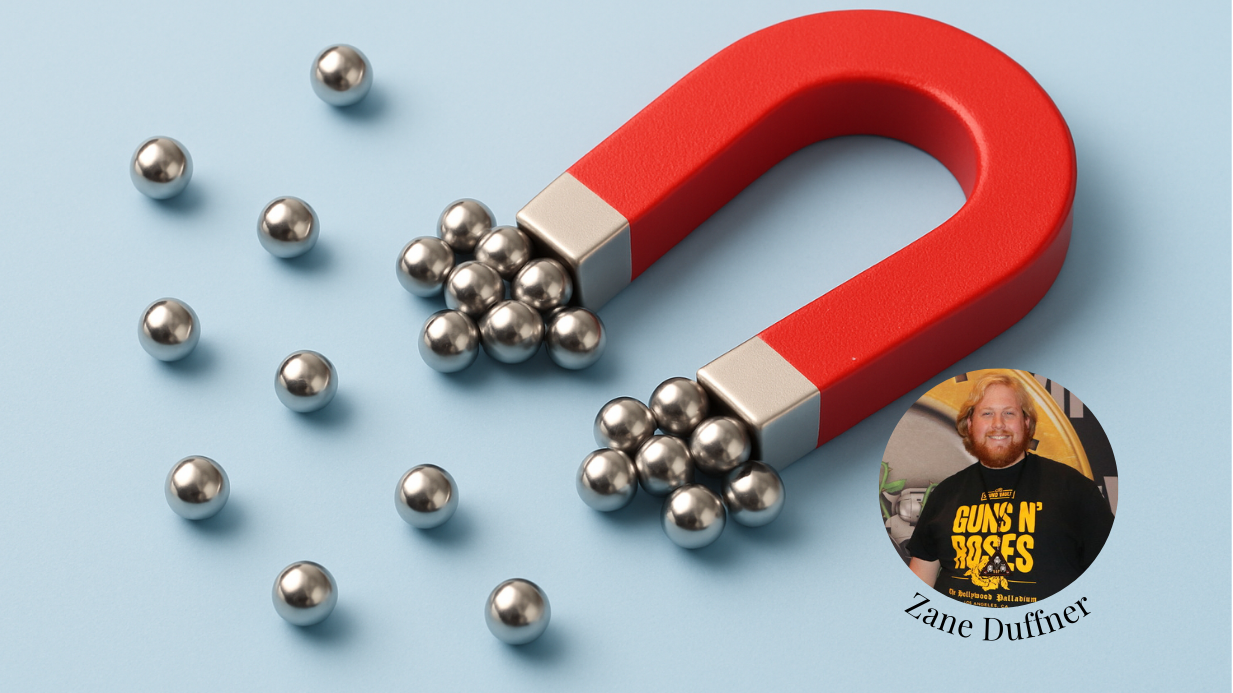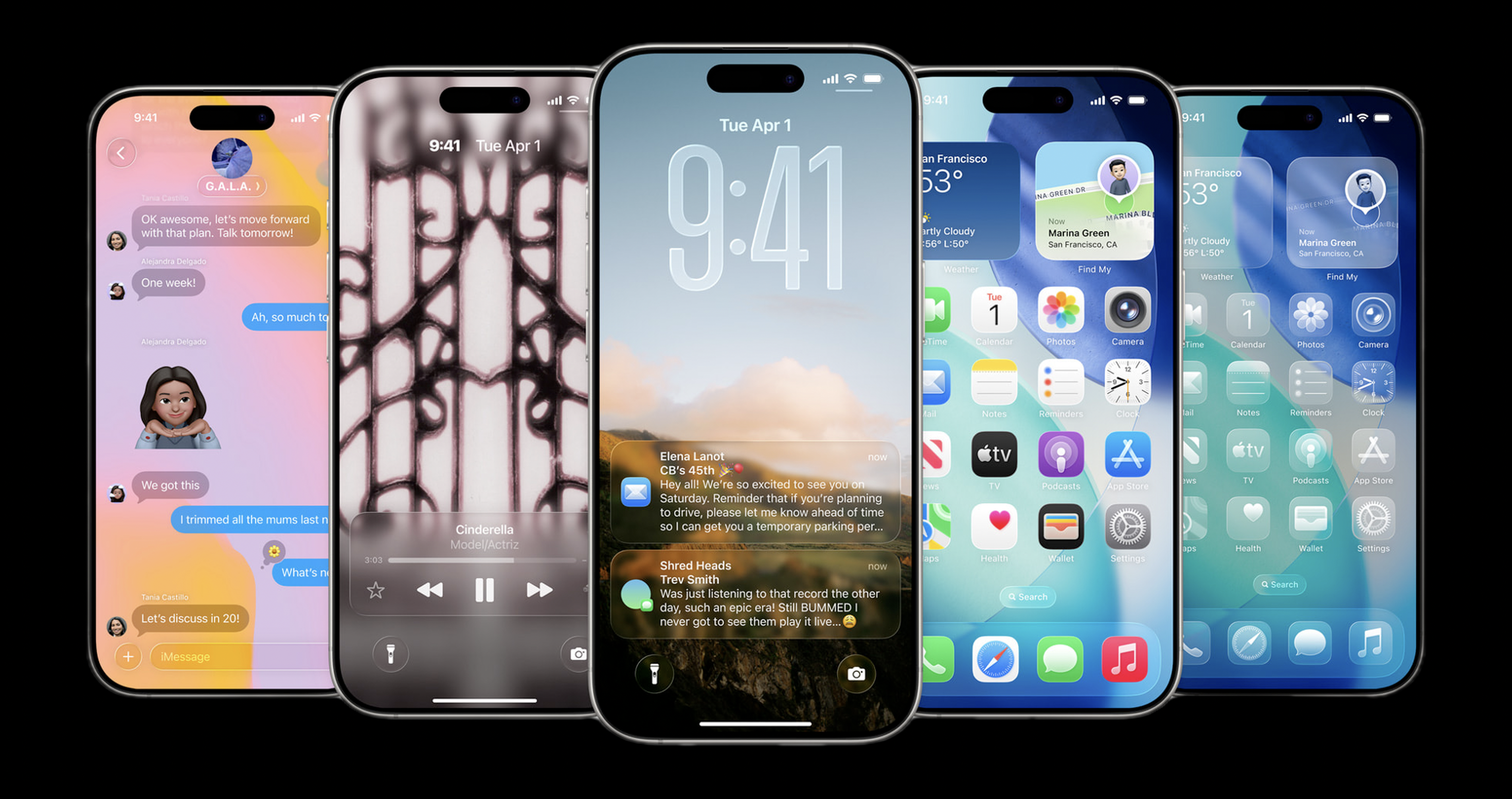Even your best shows can fall flat without an active fan base. As an event marketer, if you’ve dealt with soft onsales, low engagement, or last-minute ticket pushes that barely make a dent, you know the feeling.
Whether you’re promoting a club show or working on an arena calendar, growing (and regularly communicating with) your fan base is the difference between chasing your audience and leading them.
In this article, I’ll break down why fan growth matters and share real-world strategies to help you build a list that works harder for every show.
Why growing your fan base pays off
Your fans are the heart of your brand. They’re the reason you do this job—bringing people together for unforgettable experiences.
Every concert, comedy show, or festival could be the best night of someone’s life. As promoters, our job is to make sure no one misses out just because they didn’t hear about it.
While growing your fan base makes it easier to sell tickets, a healthy, growing list also:
- Builds long-term loyalty
- Opens up more chances to engage (both online and at the venue)
- Helps you attract better sponsors with consistent audience data
- Future-proofs your marketing by expanding your direct reach
Someone clicks your email? You can retarget them, drop them into a segment, or send a quick “Tickets Going Fast” message to help close the loop.
Take control of your audience
Social media is great for creating hype. But when it comes to driving ticket sales, your owned channels—especially email, SMS, and first-party data—are where the real work gets done.
Unlike social, you’re not relying on an algorithm to hopefully deliver your message. With email and SMS, you have direct access to your fans without having to battle a clutter of ads, sponsored posts, and trending noise.
For example, let’s say you’ve got a big rock show like Guns N’ Roses coming up. You might hit social to reach new fans at the top of the funnel. But your subscriber list? That’s where the real conversions happen.
With owned data, you can segment by genre, location, purchase history, or engagement. This way, every message feels personal to your fans and is more likely to lead to a sale.
But email and SMS are just the beginning.
Other owned channels give you even more ways to grow and reach your audience directly, including:
- On-site data capture from Wi-Fi, ticket scans, or QR codes
- Website forms and newsletter modules (homepages, show pages, checkout flows)
- Presale signups and waitlists

HOW TO GROW YOUR LIST
Step 1. Give them a reason
People don’t join subscriber lists for fun. You need a hook that makes it feel worth it (and ideally, exclusive). To build FOMO and make joining the list feel like someone is joining the inner circle, some proven incentives include:
- Early ticket access
- Exclusive content or offers
- VIP upgrades, premium ticket packages, or drink specials
- Giveaways or contests
Step 2. Make it easy
You want list growth that works in the background, even when you’re heads down on show day. The best strategies run on autopilot, quietly capturing fans without extra effort.
Here are a few “set-it-and-forget-it” tactics that deliver:
- Ticketing integrations: Save yourself the headache of spreadsheets and manual imports. Use a CRM that automatically pulls in ticket buyer data every time someone completes a purchase.
- Venue signage: Hang posters or add screens with QR codes near high-traffic areas, such as bars, bathrooms, or merch tables. The goal here is to make signups feel like second nature.
- Wi-Fi integration: Trade Wi-Fi access for an email or phone number. It’s quick, easy, and effective, especially in standing-room venues where fans are already on their phones.
- Website forms: Add signup forms to show pages, your homepage, and even the checkout flow.
- Bonus: Time a pop-up with an offer like early access or discounts.
- Social media: Pin a signup link to your bio or stories, and use evergreen posts that explain the perks. Make it an easy “yes” with clear benefits.
Step 3. Be proactive
Once your passive tactics are in place, it’s time to lean in. Active strategies take more effort, but they also create momentum, especially around high-demand shows or big announcements.
Here are some tried-and-true active growth tactics:
- Presale signups: These are perfect for capturing fan interest early. Use a presale landing page to get fans to opt in, then send them timely reminders, presale password details, and show info as the onsale approaches.
- Giveaways: Contests can drive a surge in new signups, especially for popular artists or limited-ticket events. To get the most out of them:
- Partner with the artist to share across their email and socials
- Encourage sharing with bonus entries for tagging friends or reposting
- Promote via your own channels, like newsletters, event pages, and paid ads
- Street teams: Don’t underestimate the power of face-to-face promotion. Set up QR codes or tablets at tables in high-traffic spots. Compared to paper forms and manual data entry, it’s a faster and cleaner way to collect signups.
- Partner activations: Expand your reach by working with like-minded brands and creators. Consider:
- Collaborations with genre-specific influencer accounts or social channels
- Sponsored artist interviews, blog posts, or venue-friendly media outlets that include a CTA to your newsletter
- Partnerships with local radio, niche content creators, or trusted tastemakers
Keep your audience engaged
Growing your list is just step one. Once someone joins, the real job begins—turning casual subscribers into avid ticket buyers. Even when you aren’t promoting your next big gig, there are plenty of ways to stay top of mind with your fans.
Email is great for this, but it also works best when it connects with everything else your fans are seeing. From your website to your social channels, and even around the venue, brand consistency across everything you do helps your fans take notice and act.
Here are a few campaign ideas to keep fans engaged between onsales:
- Newsletters and calendar updates: Use recurring sends to spotlight upcoming shows, share photos from recent events, or highlight fan moments with throwback recaps and artist shoutouts. Keep it casual and community-focused.
- Behind-the-scenes content: Share what happens to bring your events to life. Highlight load-ins, soundchecks, crew shoutouts, or backstage snippets. People are naturally curious, so let them see what you’re up to and let them live through you.
- Segmented or genre-themed emails: Build emails around your fans’ personal interests. A stacked lineup email only matters if it’s filled with things they know and love.
- Seasonal campaigns: Create timely promotions that feel intentional, like Friday the 13th offers for metal fans, 4-ticket July 4th bundles, or themed holiday sales. Avoid the random 2-for-1 panic promos. Keep it smart, fun, and on-brand.
- Loyalty and milestone sends: Use your fan data to celebrate birthdays, anniversaries, or repeat buyers with something personal. It doesn’t have to be big. Just thoughtful and timely enough to make them feel seen.
Real-world tactics in action
I’ve been preaching a lot of best practices in this article, but sometimes, it helps to see what these ideas look like in the wild. Here are a couple of examples I’ve been part of that brought fan growth and engagement to life in simple, effective ways:
- Custom artist shoutouts: When promoting a Saint Asonia and Black Stone Cherry show, we worked with the artist team to record a custom video shoutout. This clip was sent to segmented fans by email, backed up by paid ads, and layered in with giveaways and local partnerships. This tactic helped keep momentum up between onsale and show day, and ultimately exceeded the sales forecast.
- Local collaborations: For a Third Eye Blind show, my team partnered with two local breweries to create a custom beer—Third Eye Blonde—available exclusively at the venue. We then teased it with custom artwork and promoted it via email and social. It sold out the night of (and I didn’t even get one).

Bonus: Use data to drive ad performance
Once your data is in place, it’s time to put it to work. Your fan list isn’t just for emails and SMS. It can power smarter, more persuasive Meta Ads too.
With detailed data, you can:
- Retarget recent buyers with upgrades, add-ons, or reminders
- Suppress people who have already bought, so you don’t waste budget
- Build lookalike audiences based on your highest-value fans
What not to do for list growth
Similar to vanity engagement metrics, it’s important to remember that list growth is about getting the right people to sign up. Rather than focusing on your subscriber count, here are three things that might seem like shortcuts, but will hurt you in the long run:
1. Don't buy lists
It might seem like an easy way to grow, but it leads to high unsubscribe rates, spam complaints, and poor engagement. Even worse, it can damage your sender reputation, which will make it harder for even your real fans to see your messages.
2. Don't engage with inactive subscribers
If someone hasn’t opened or clicked on a message in years, it’s time to let them go. Re-engaging deadweight subscribers can tank your deliverability and waste your budget. Focus on the fans who are paying attention.
3. Don't send every event to everyone
Just because someone’s on your list doesn’t mean they want every update. If fans keep getting emails or texts for events they don’t care about, they’ll start tuning you out (or worse, unsubscribing). So be sure to use your segments to help you stay relevant.
Wrap up
Growing your fan base is a long-term strategy, not a one-off campaign. And the best promoters don’t just think about fans when there’s an event to sell. They build always-on systems that grow their lists in the background, then double down with proactive campaigns when it matters most. That’s how you stay ahead of the curve and keep the room full.



